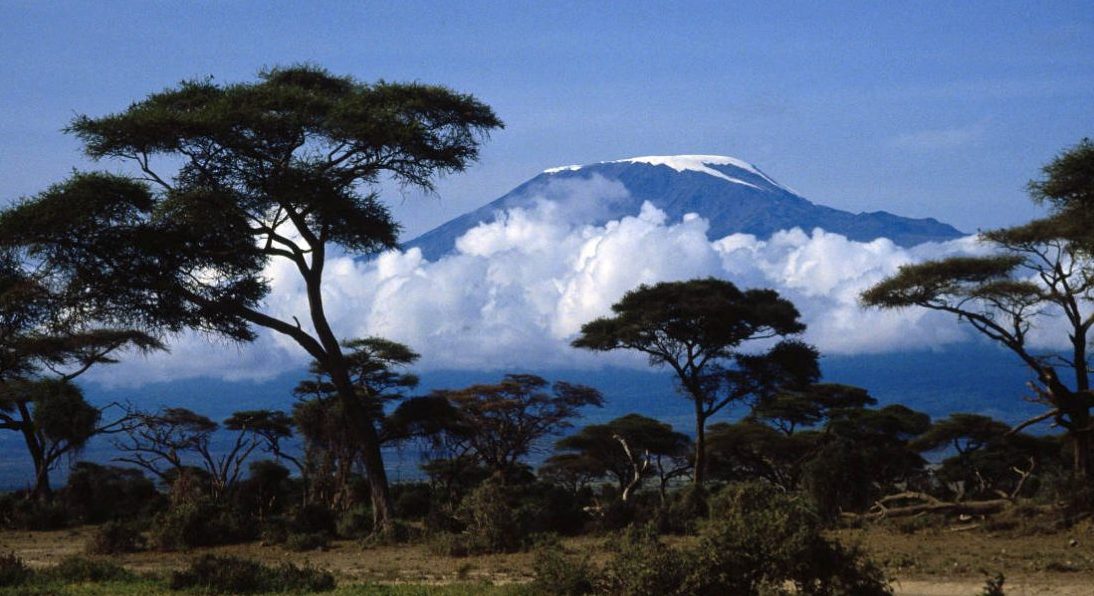
The magnificent Mt Kilimanjaro is a dormant volcano in the African nation of Tanzania. Considered one of the ‘7 Summits’ it is the highest mountain in Africa and also the world’s highest freestanding, reaching almost 6000m above sea level. Trips to Kili are often accompanied by side trips to see African game, such as in the famous Serengeti National park.
Reaching the peak of Kilimanjaro can be achieved by a number of different routes, varying in length. The shorter treks are usually cheaper but the longer treks allow more time to acclimatise to the altitude. Accurate figures of failure to reach the peak are difficult to find, ranging from 44 – 95% depending on the source but certainly the longer the trek the more likely you are to reach the pinnacle of the climb. Whichever trek you choose it’s important to make sure you book with a reputable and experienced tour group, be physically prepared for the climb and get comprehensive travel health advice before you leave.
With key climbing times being January to March and June to October, many people are preparing to leave soon. A discussion on avoiding, recognising and responding to symptoms of acute mountain (altitude) sickness are vital, with medication available to assist with its management. It’s a must that all baseline vaccines such as measles and tetanus are up to date and depending on total itinerary other vaccines may be recommended including: Yellow Fever, Hepatitis A (almost certainly), typhoid, meningitis and rabies.